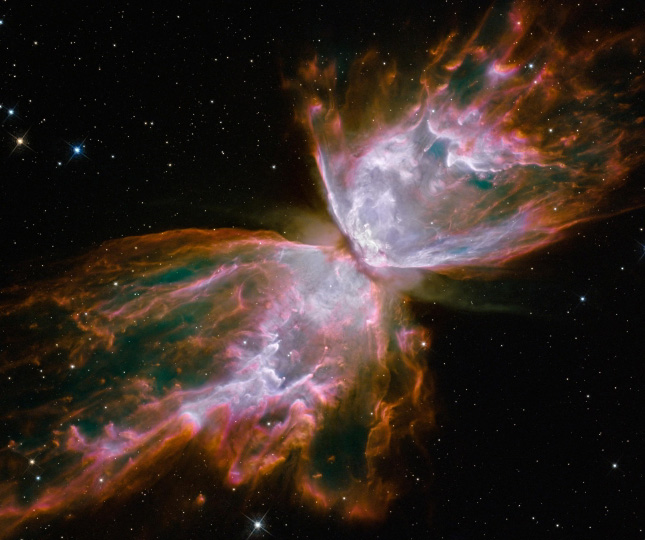I'll go for "yes" simply because I'd never bet against modern technology trumping old. Are we there right now? It's not my field so I'm not going to make any definite claims, but from the outside it looks like we're very close if not already there. I'm pretty sure that observatories all use digital cameras, which they wouldn't be doing if analog techniques were superior. Of course, they can afford to pay for the best- at a lower price point, or optimised for portability, it might be a different story. Or might not be; it's surprising how quickly companies can innovate when they have millions of customers waiting for their next model

If you put that lens in front of a modern camera, and someone with Kubrick's talent behind it.. yeah, i think you'd get some nice results

chris

